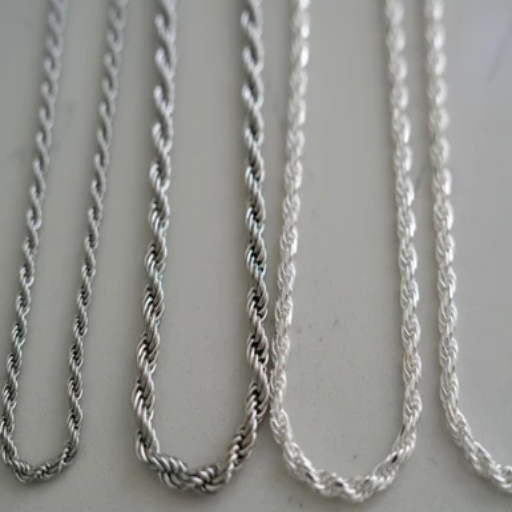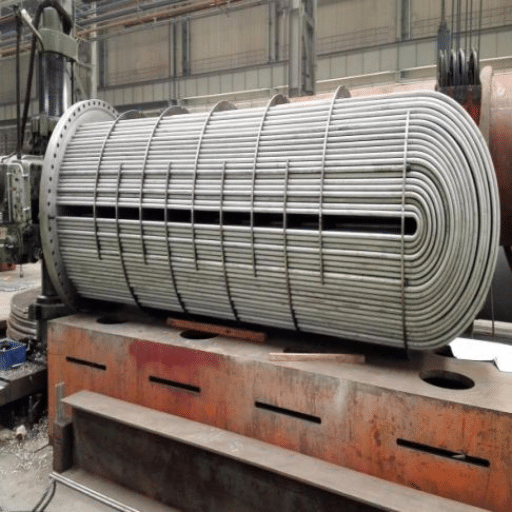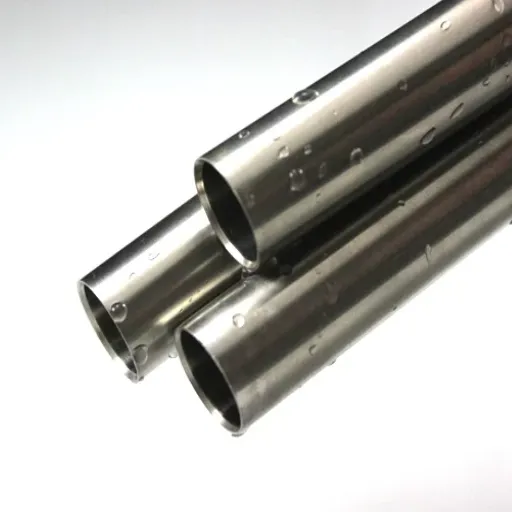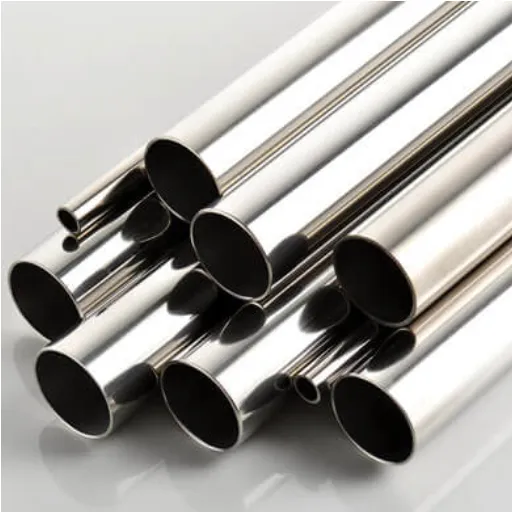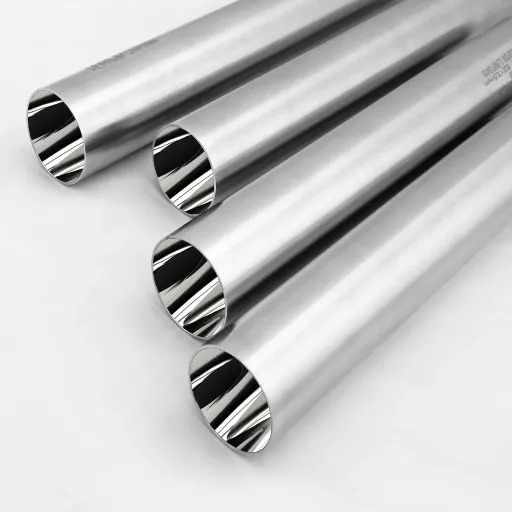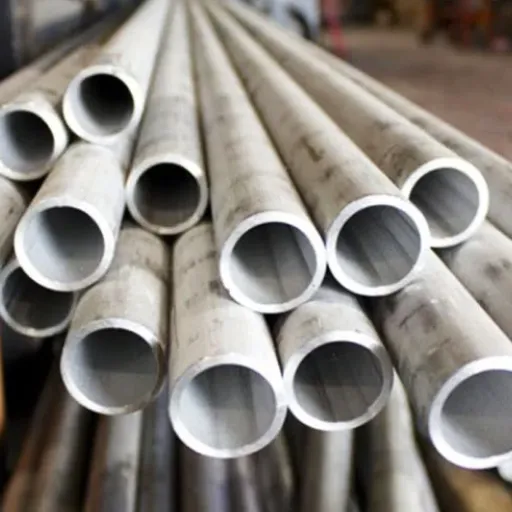Choosing between stainless steel and sterling silver is often a matter of personal preference, but understanding their key differences is crucial for making an informed decision. These two materials are widely used in jewelry, utensils, and various industrial applications, yet they differ significantly in terms of chemical composition, properties, price, and maintenance requirements.
Whether you’re considering sturdy jewelry, quality cookware, or industrial applications, this comprehensive guide will provide you with the knowledge needed to confidently choose between these two popular materials.
🛡️ Durability Comparison: Stainless Steel vs Sterling Silver
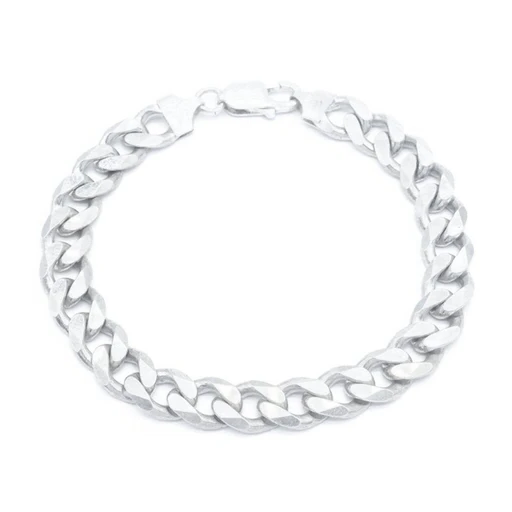
Resistance to Wear and Tear
✅ Stainless Steel Advantages
- Exceptional strength and corrosion resistance
- Contains chromium that creates a protective oxide layer
- Excellent for heavy-duty applications like cookware and industrial tools
- Minimal degradation from daily exposure
- Long-term utility even in harsh conditions
⚠️ Sterling Silver Considerations
- Softer material – more susceptible to wear
- Contains 92.5% silver, 7.5% copper
- Easily scratched and prone to tarnishing
- Sensitive to humid environments
- Requires regular maintenance and polishing
Longevity Analysis
| Factor | Stainless Steel | Sterling Silver |
|---|---|---|
| Composition | Iron, carbon, chromium | 92.5% silver, 7.5% other metals (typically copper) |
| Corrosion Resistance | Excellent – chromium oxide protective layer | Moderate – susceptible to tarnishing |
| Maintenance Requirements | Low maintenance | Regular cleaning and polishing required |
| Environmental Resistance | Excellent in harsh environments | Sensitive to moisture and sulfur compounds |
| Lifespan | Decades with minimal care | Generations with proper care |
Key Takeaway: Stainless steel excels in situations requiring strength and low maintenance, while sterling silver is ideal for applications prioritizing aesthetic value and craftsmanship, despite requiring more care.
💰 Cost Analysis: Initial Investment vs Long-Term Value
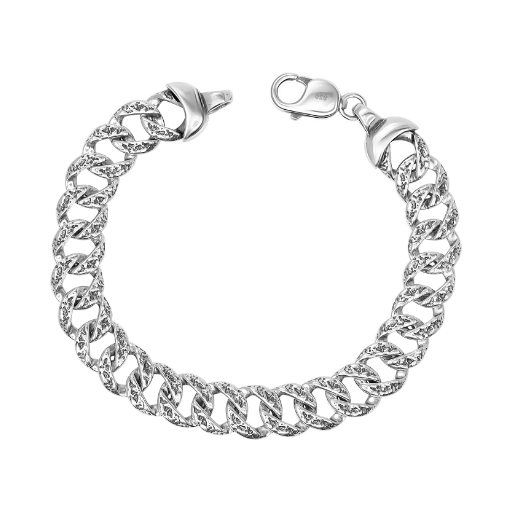
Initial Purchase Price Comparison
(per kilogram)
(per ounce)
Stainless steel offers significant cost advantages due to:
- Large availability and ease of manufacture
- Lower raw material costs
- Mass production capabilities
- No dependence on precious metal pricing
Sterling silver costs more because:
- Contains 92.5% pure silver (a precious metal)
- Subject to global silver price fluctuations
- Additional costs for alloying and refining
- Higher manufacturing complexity
Long-Term Value and Maintenance Costs
| Cost Factor | Stainless Steel | Sterling Silver |
|---|---|---|
| Maintenance | Minimal – occasional cleaning | Regular polishing and tarnish removal |
| Replacement Frequency | Very low – decades of use | Low with proper care |
| Value Retention | Stable industrial pricing | Follows precious metal markets |
| Recycling Value | Moderate scrap value | High – retains silver content value |
✨ Aesthetic Appeal: Visual Characteristics Compared
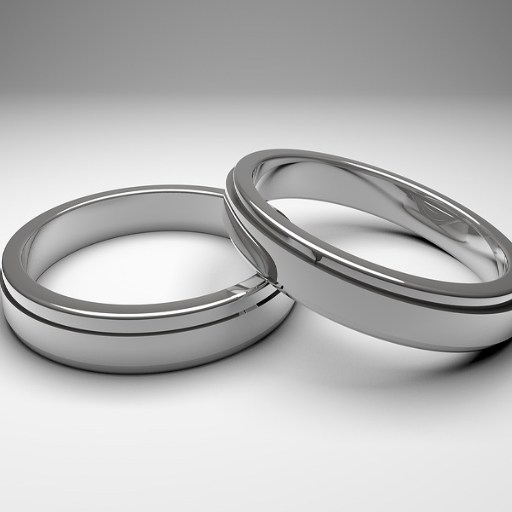
Stainless Steel Appearance
Stainless steel is renowned for its sleek, modern, and minimalist aesthetics:
- Silvery-gray finish with versatile texturing options
- Can achieve mirror-like polish or brushed matte textures
- No tarnishing or discoloration over time
- Available in various colors through PVD coatings (gold, black, rose)
- Maintains uniform appearance with minimal maintenance
Sterling Silver Beauty
Sterling silver offers timeless elegance and versatility:
- Bright, lustrous shine with warm undertones
- Highly malleable – perfect for intricate designs
- Classic appeal that never goes out of style
- Develops unique patina over time (if desired)
- Hypoallergenic properties (when properly treated)
Style Flexibility: Sterling silver adapts to every style from minimalist to bold statement pieces, while stainless steel excels in contemporary and industrial-inspired designs.
🧴 Hypoallergenic Properties: Skin Safety Comparison
Understanding Skin Sensitivity
According to dermatological studies, 10-15% of the global population may experience metal allergies, particularly to nickel.
Stainless Steel and Allergies
✅ Hypoallergenic Grades
- 316L (Surgical Grade): Minimal nickel release
- 904L: Superior corrosion resistance
- PVD Coatings: Additional protective barriers
⚠️ Potential Issues
- 304 Grade: Contains 8-10.5% nickel
- May cause reactions in highly sensitive individuals
- Moisture exposure can increase nickel leaching
Sterling Silver Sensitivity
Sterling silver’s 7.5% copper content can cause reactions in sensitive individuals:
- Copper oxidation from moisture/sweat exposure
- Potential for contact dermatitis
- Rhodium plating can provide protective barriers
- Proper maintenance reduces reaction risks
🎯 Ideal Applications: When to Choose Each Material
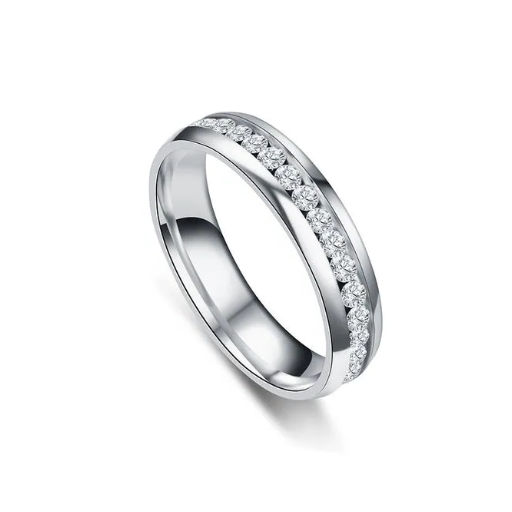
Best Applications for Stainless Steel
- Medical Equipment and Surgical Tools
- Grade 316L stainless steel for biocompatibility
- Over 60% of surgical instruments use this material
- Superior sterilization capabilities
- Architectural and Structural Components
- Building facades and handrails
- 5% annual growth in structural applications
- Weather resistance and durability
- Food Processing and Kitchen Appliances
- Food-grade 304 or 316 varieties
- Non-reactive surface
- Easy maintenance and hygiene
- Automotive and Aerospace Components
- High-temperature applications
- 15 years longer lifespan than non-stainless alternatives
- Fuel tanks, exhausts, and fasteners
- Marine Applications
- Grade 316 for saltwater environments
- 20% reduction in maintenance costs
- Superior chloride resistance
Why Choose Sterling Silver for Certain Items
- Fine Jewelry: Beauty, workability, and prestige
- Decorative Items: Bright luster and traditional appeal
- Electronics: Excellent thermal and electrical conductivity
- Medical Applications: Antimicrobial properties
- Investment Pieces: Precious metal value retention
Hybrid Approach: Modern jewelry often combines both materials – sterling silver for intricate details and stainless steel for structural components requiring higher durability.
❓ Frequently Asked Questions
🎯 Final Recommendations
Choose Stainless Steel If You Want:
- Maximum durability and scratch resistance
- Low maintenance requirements
- Budget-friendly options
- Modern, industrial aesthetics
- Hypoallergenic properties
Choose Sterling Silver If You Want:
- Classic, timeless beauty
- Precious metal investment value
- Intricate design possibilities
- Traditional jewelry appeal
- Heirloom-quality pieces
References
The Facts on Silver | Dartmouth Toxic Metals-This is a very detailed academic resource from Dartmouth University on the properties and uses of silver.
The Edge of Rebellion: Exploring Biker Jewelry’s Bold World-An article hosted by Harvard on the applications of stainless steel and sterling silver in rugged jewelry.
Jewelry Collection | Bates College Store-A collection of sterling silver jewelry from Bates College, the real-world application of the material.
Bottom Line: Your choice between stainless steel and sterling silver should align with your priorities regarding durability, maintenance, budget, and aesthetic preferences. Both materials have their place in modern applications, and understanding their unique properties helps ensure you make the best decision for your specific needs.

